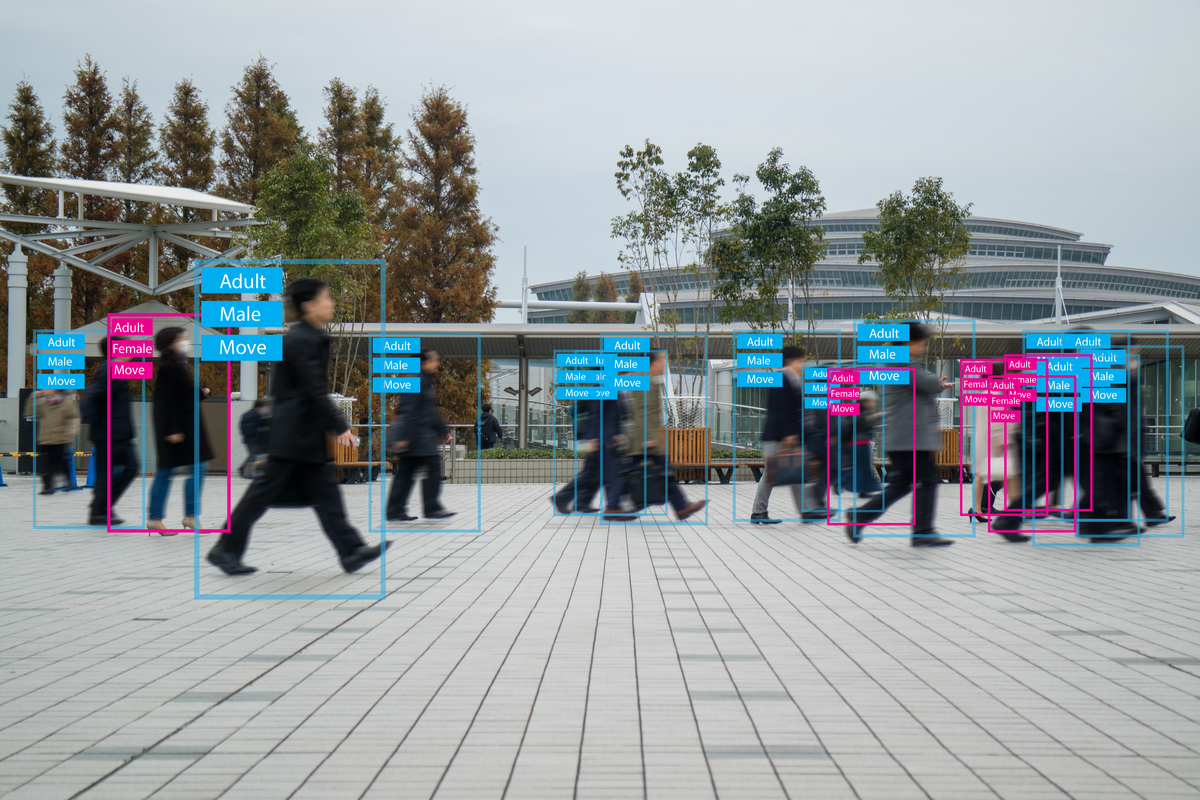While the prospects of facial recognition technology may seem a bit George Orwell 1984, there is one upside to this dystopian view as it paves the way for how we locate missing people.
In a world-first initiative, Missing Persons Advocacy Network (MPAN) and whiteGREY Australia have banded together to use Facebook’s facial recognition technology as a tool to help locate missing people. Invisible Friends, the campaign developed by whiteGREY Australia, features a selection of Facebook profiles of missing persons, supported by a push to get as many Facebook users around the world to befriend these profiles. The initiative searches the backgrounds of each photo and video posted by the friends of each Invisible Friends profile in the hopes of identifying and locating these missing people. The video below explains:
“Invisible Friends is an ingenious way to put artificial intelligence to work for a good cause, and carry out a task humans simply aren’t capable of,” Loren O’Keeffe, founder and director of MPAN said. “By searching through billions of posts per week, we’re not only raising awareness for the devastated families of these missing people, but also hope to put an end to their ambiguous loss – the most stressful type of grief.”
The new technology has an accuracy of 98%, which is 13% more accurate than the facial recognition technology used by the FBI, but because it’s 100%, the team has created measures to help know for certain if auto-tagged pictures are indeed the missing people.
“Obviously, we don’t want to create any false hope or false alarm to the families of those missing,” said Anthony Moss, Executive Creative Director at whiteGREY in Melbourne. “So the profiles are created by us and only we get notified of any tagging, where we then verify before contacting families.”
“We launched with 10 profiles, and they were specifically selected as they are ongoing police cases. This is a great way to test and learn, and we’re hoping to roll it out more in the future.”
The invisible friends website lists the 10 profiles, nine of which were last seen in Australia, and one that was last seen in Mali, a country in west Africa.
“Facebook has changed the way we interact, recently declaring that there’s now only 3.5 degrees of separation between the entire population of the planet,” Anthony said. “This simple, creative idea has such immense potential because of it’s immediate, global reach.”
“The more people to friend these profiles, the better.”
With the emergence of new technologies, such as software that can age up a photo to give a fairly accurate depiction, Anthony is hopeful for the future of finding missing people.
“Even a tourist visiting Australia can be very helpful, as they post a lot of images, where Facebook can then look through their images and find a match.”
And while the facial recognition technology does all the matching, Anthony said his team at whiteGREY will be making sure all Facebook users adding any of their 10 missing people are genuine accounts, ensuring the 5,000 friends list cap is used effectively.
“When a profile reaches 5,000 friends, Facebook asks to make a fan page,” Anthony said. “When we get to that point, we’ll figure out what to do then.”
“It’s very exciting for us to be able to help these families find their missing loved ones through this new approach. Before this you’d have to put up posters, which would eventually be taken down by council, or post up pictures on social media. But more often that not, they don’t give many results.”
For more information and to see how you can help make a difference visit http://invisiblefriends.com.au/ and https://mpan.com.au/


